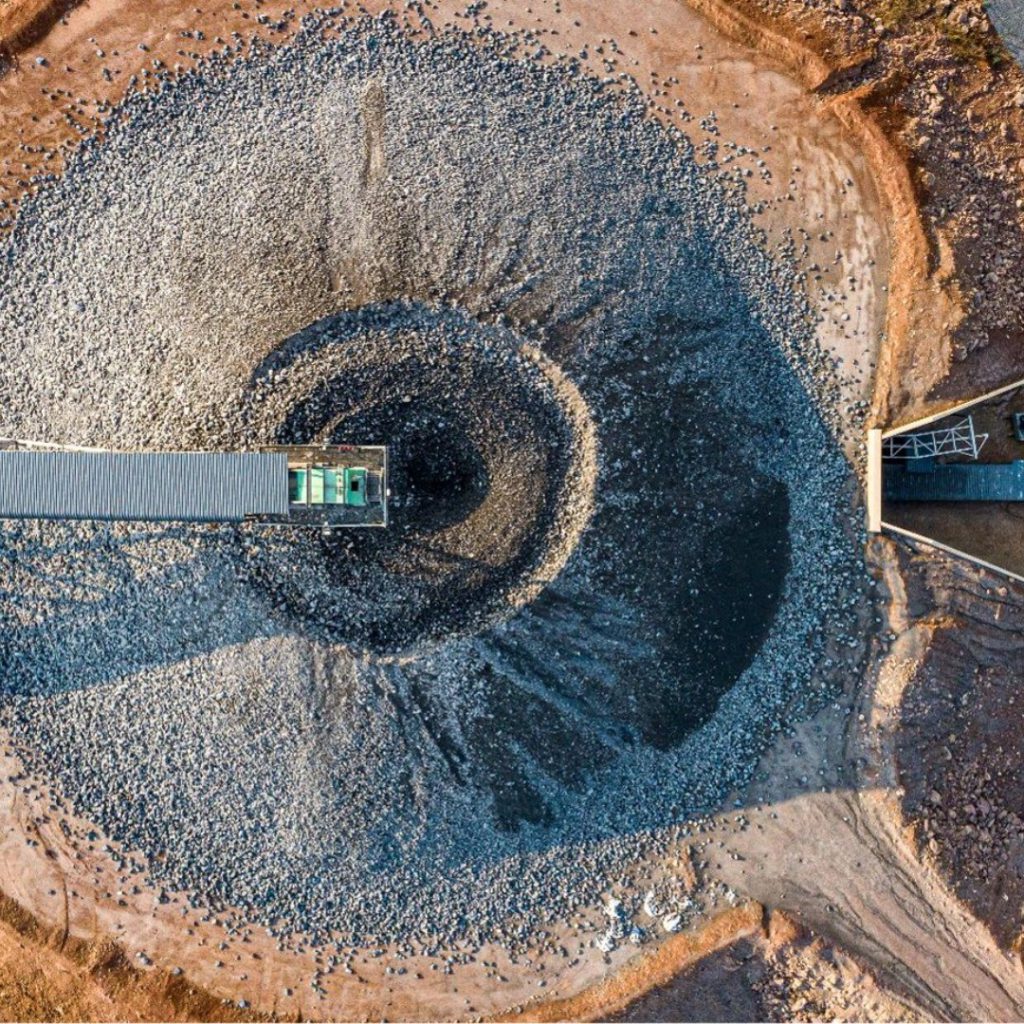
Kamoa-Kakula first began producing copper concentrates from the Phase 1, 3.8mtpa capacity concentrator plant in May 2021. It subsequently reached commercial production on July 1, and is expected to produce 200,000 tonnes of copper per year.
Construction of the Phase 2 concentrator, which would be a “carbon copy” of the Phase 1 plant and double the annual production, is currently underway and is about 70% complete, according to Ivanhoe’s latest update.
Ivanhoe’s production guidance for 2021 was set at 92,500-100,000 tonnes, which was originally projected to be 80,000-95,000 tonnes. The annual production guidance was also previously increased in November, reflecting the successful completion of ramp-up of the Phase 1 concentrator.
“Kamoa Copper’s performance marks an excellent end to what has truly been a banner year for Ivanhoe Mines,” Ivanhoe’s founder and executive co-chair Robert Friedland said in a news release.
Related read: Ivanhoe’s Kamoa-Kakula yields profit in first full production quarter
“We would like to extend heartfelt congratulations to the team at Kamoa-Kakula, who consistently exceeded expectations during the construction and development of the world’s newest world-scale copper mine, and have continued that outperformance as we have moved through ramp-up and into full production,” Friedland added.
Friedland also said the Phase 2 expansion remains “significantly ahead of schedule,” and the company is on its way to doubling annual copper production to approximately 400,000 tonnes starting early in Q2 2022.
So far in December, Ivanhoe has seen feed grades in excess of 6% copper, and recoveries have also been exceeding its design recovery of 86%, which, according to Friedland, bodes well for the company’s ability to efficiently ramp-up future expansions at Kamoa-Kakula.
The Ivanhoe management team now envisions the Phase 3 concentrator to enter production by the end of 2024.
Through planned phased expansions, the Kamoa-Kakula underground operation is positioned to become one of the largest copper producers in the world, with peak annual copper production of more than 800,000 tonnes.




